Easter is a time of renewal and celebration around the world, with many different cultures and traditions marking this important holiday in their own unique ways. From chocolate eggs and bunny rabbits to solemn processions and ancient rituals, the customs of Easter are as varied as the people who celebrate it. In this blog, we'll take a whirlwind tour of some of the most interesting and unusual Easter traditions from across the globe. So, grab a basket of Easter eggs and join us as we explore the fascinating customs and traditions of this joyous holiday!
- Norway – In Norway, people read crime novels during Easter. It is a popular tradition known as "Påskekrimmen" (Easter crime). Many people read mystery novels, watch crime dramas, or play murder mystery games during the Easter holiday.
- Bermuda – In Bermuda, Easter is celebrated with a unique kite-flying tradition. The Bermuda kite is a special type of kite that is made by hand and is traditionally decorated with colourful geometric designs. On Good Friday, many Bermudians head to the beaches and parks to fly their kites, which can be as large as six feet in diameter. The kites are flown in a competition called the "Bermuda Kite Fest," where participants try to see how high and how long they can keep their kites in the air.
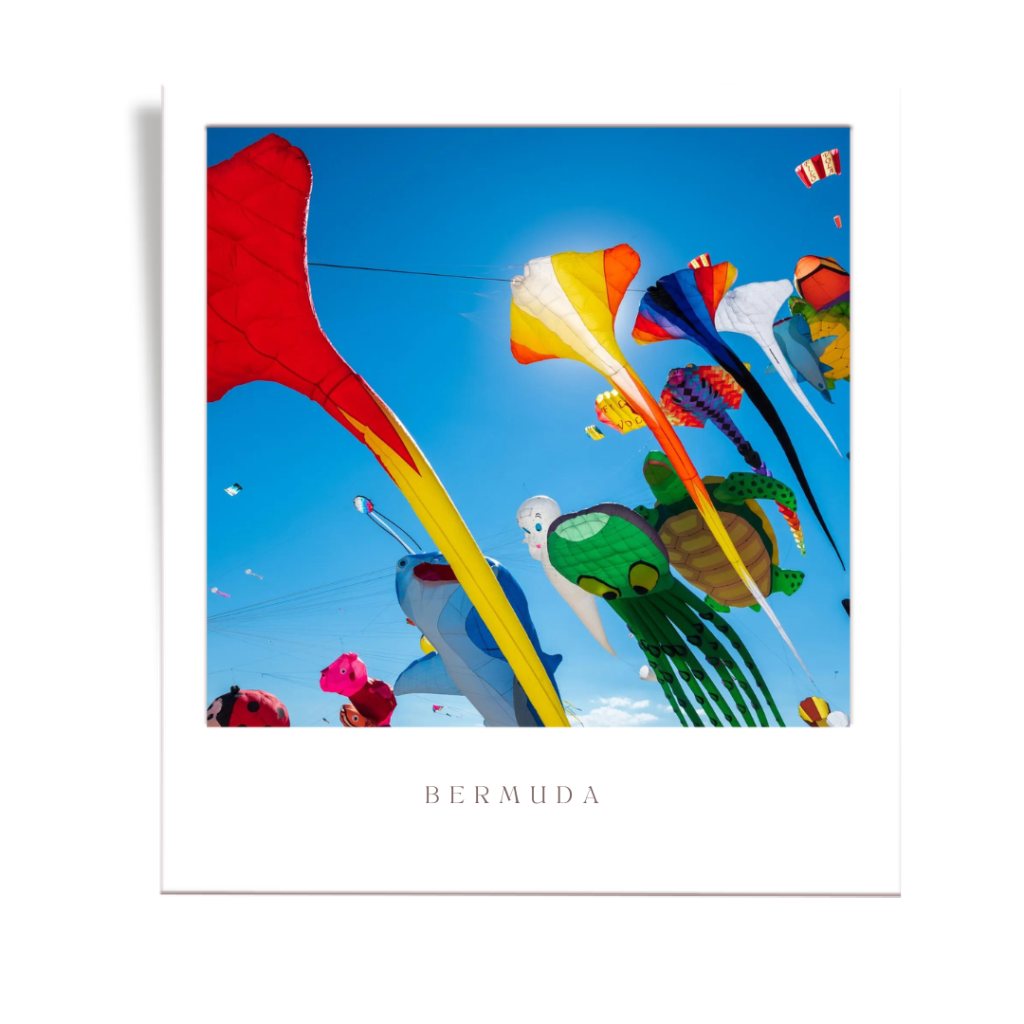
- Greece – In Greece, Easter is the most important religious holiday. On Holy Saturday, people attend a midnight mass and light candles that they bring home with them. These candles are believed to have healing powers, and many Greeks keep them burning throughout the year.
- United States – In the United States, Easter is celebrated with Easter egg hunts, Easter baskets filled with candy and toys, and the Easter Bunny. In many communities, there are parades and other festivities to mark the holiday.
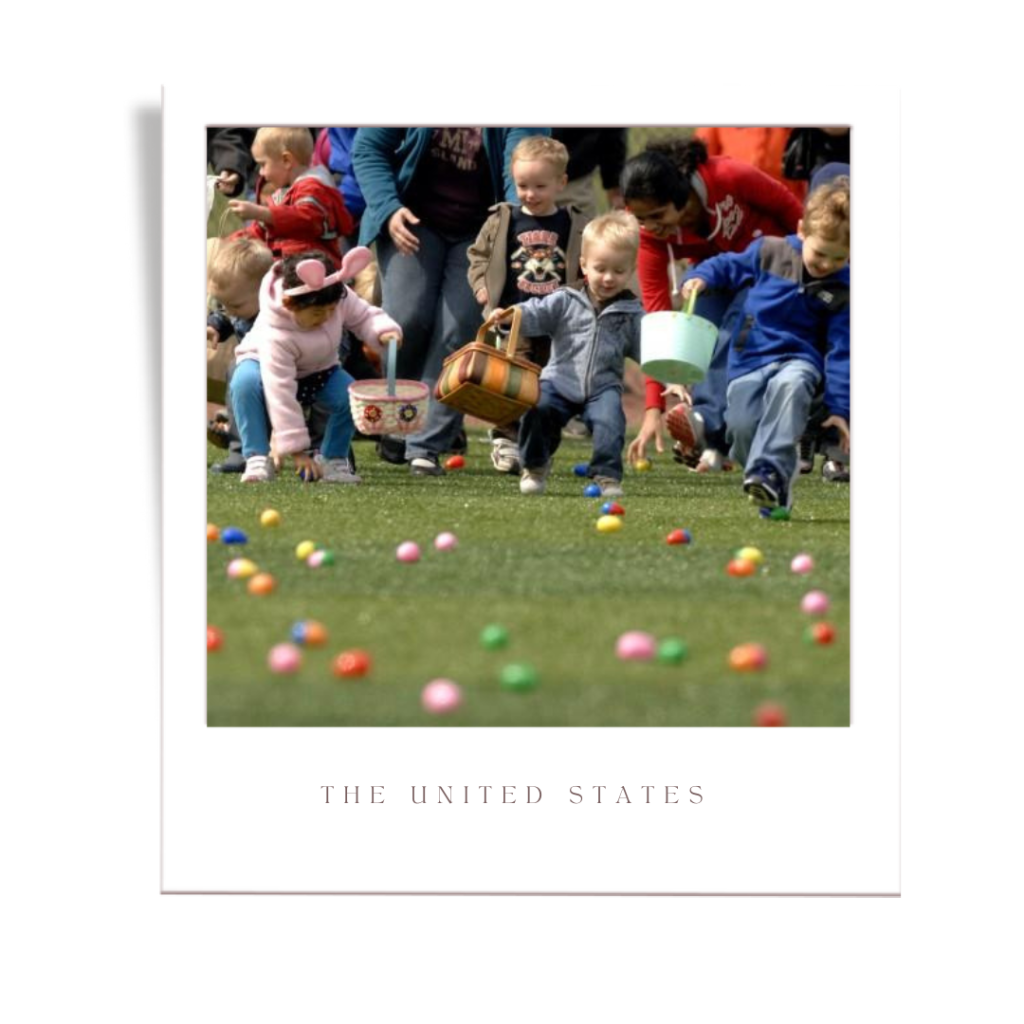
- Germany – One of the most iconic Easter traditions in Germany is the "Osterhase," or Easter Bunny. According to legend, the Easter Bunny hides coloured eggs in the garden for children to find on Easter morning. The eggs are often made of chocolate or marzipan and decorated with colourful patterns.
- Sweden – In Sweden, Easter is celebrated with a tradition called "Påskkärringar," which means "Easter witches." Children dress up as witches and go door-to-door asking for candy, much like Halloween in the United States.
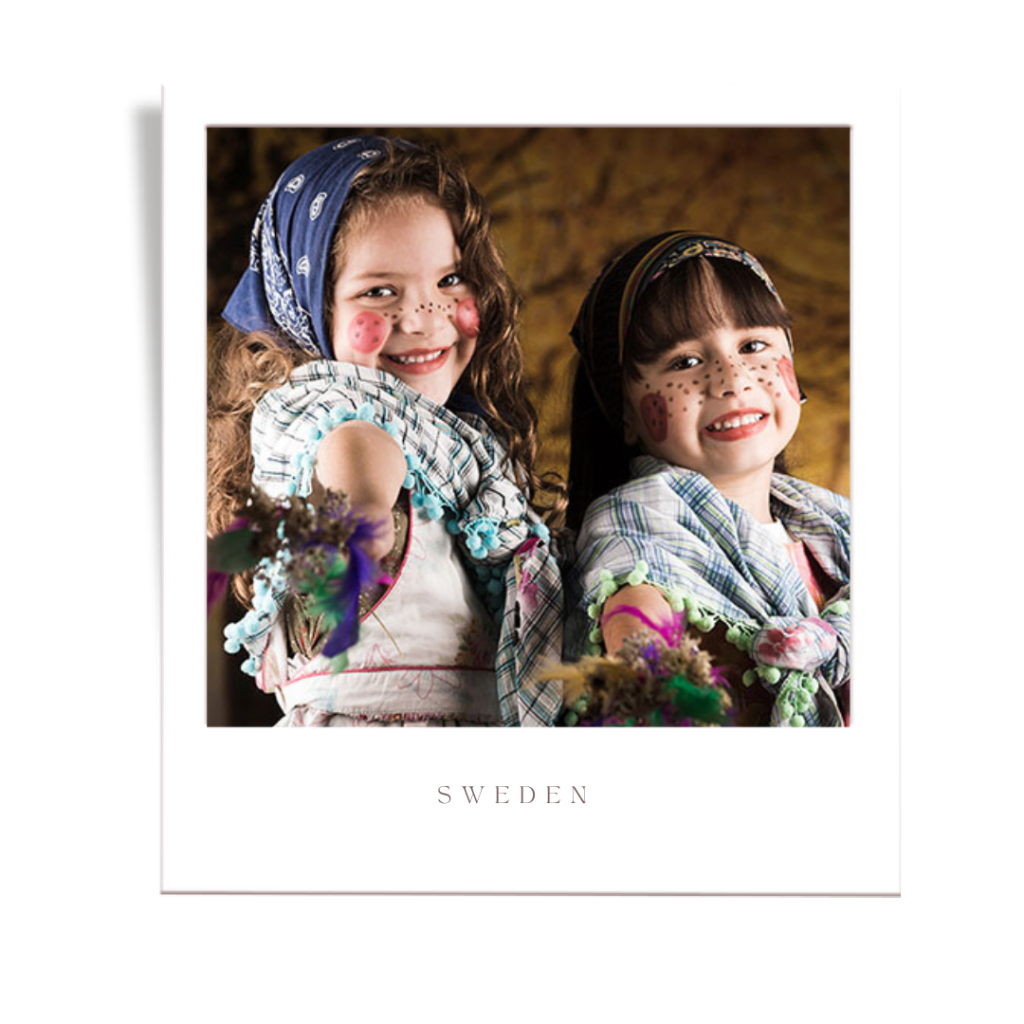
- Belgium – An important part of Easter in Belgium is the "Procession of the Holy Blood" in the city of Bruges. This procession, which takes place on Ascension Day, is one of the oldest and most famous religious processions in Europe. It features a number of floats and reenactments depicting scenes from the Passion of Christ and attracts thousands of visitors each year.
- Spain – In Spain, Easter is celebrated with a series of processions and events known as "Semana Santa" or Holy Week. Each day during Holy Week, there are processions of people carrying floats, called "pasos," which depict scenes from the Passion of Christ. These processions are usually led by people carrying candles and wearing robes or hoods, and they can last for hours.
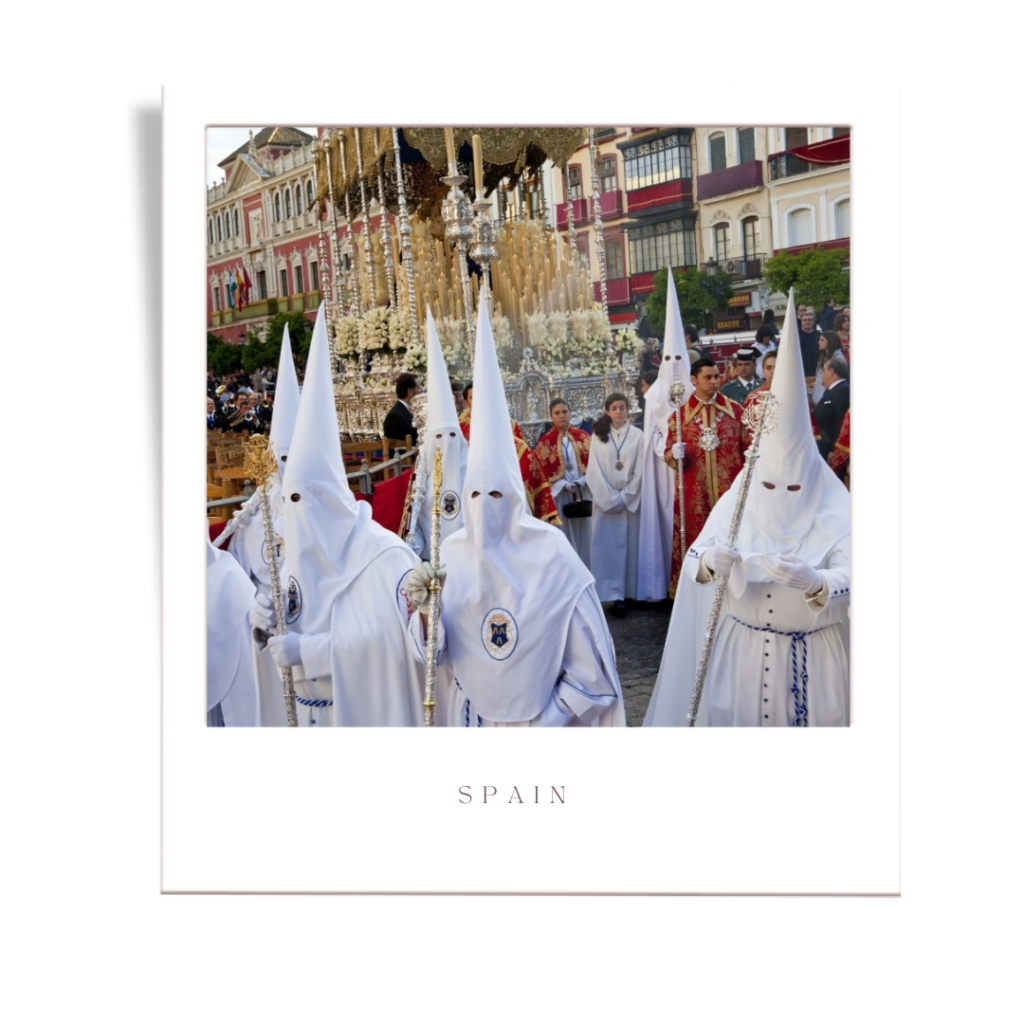
- Hungary – In Hungary, people celebrate Easter with a unique game called "sprinkling." Boys visit girls they like and sprinkle them with water or perfume, while reciting a poem or singing a song. In return, the girls give the boys painted eggs or chocolate.
- The Netherlands – In the Netherlands, there is also a unique Easter tradition called "Paasvuur" or "Easter Bonfire." This is a large bonfire that is lit on Easter Sunday and is meant to symbolize the end of winter and the beginning of spring. The tradition dates back to pre-Christian times when people believed that the fire would scare away evil spirits and bring fertility to the land.
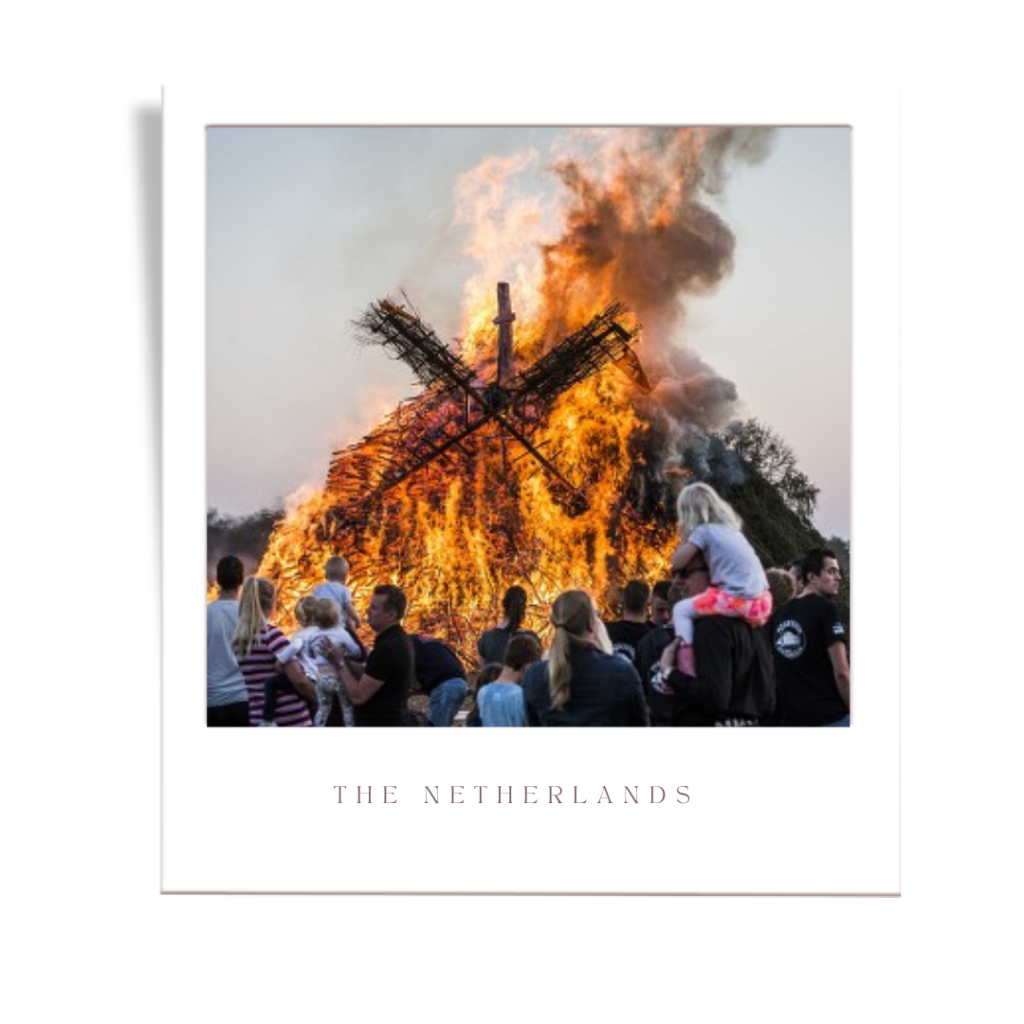
- Ethiopia – In Ethiopia, Easter is called "Fasika" and is celebrated with a three-day fast, which ends with a feast on Easter Sunday. The feast often includes traditional dishes such as "doro wat," a spicy chicken stew.
- Poland – In Poland, the tradition of painting Easter eggs, known as "pisanki," is a longstanding custom that dates back centuries. The eggs are decorated with intricate patterns and symbols that have deep cultural and religious significance.
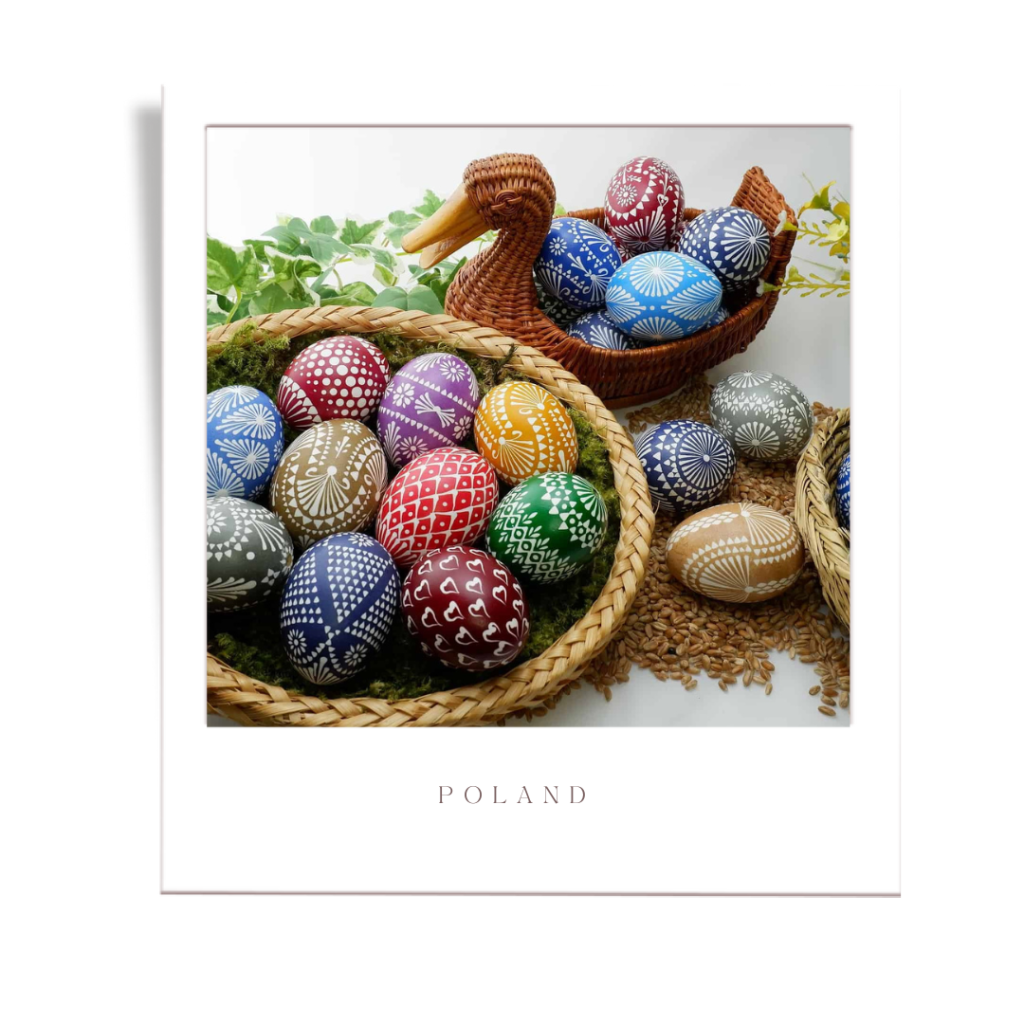
- Finland – In Finland, people celebrate Easter with a tradition called "Virvonta," where children dress up as witches and go door-to-door asking for treats, much like Halloween in the United States.
- Lebanon – In Lebanon, Easter is a very important holiday and is celebrated by both Christians and Muslims. The holiday is called "Eid Al-Fassah" or "the Resurrection Holiday".One of the most notable traditions in Lebanon is the preparation of a special Easter meal called "Maamoul." These are small, sweet pastries that are filled with dates or nuts and are typically eaten during Easter. Families will often gather together to make Maamoul in the days leading up to Easter Sunday.


